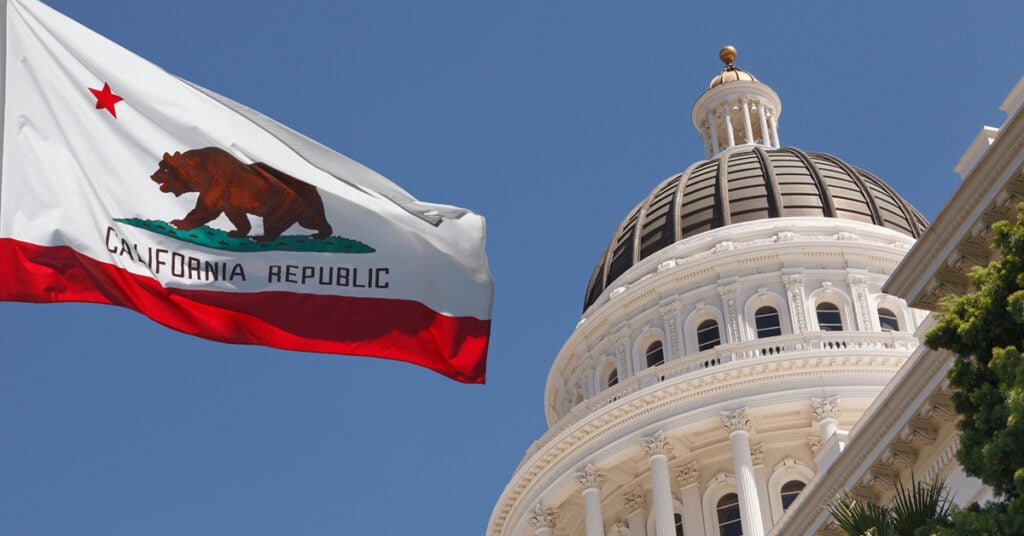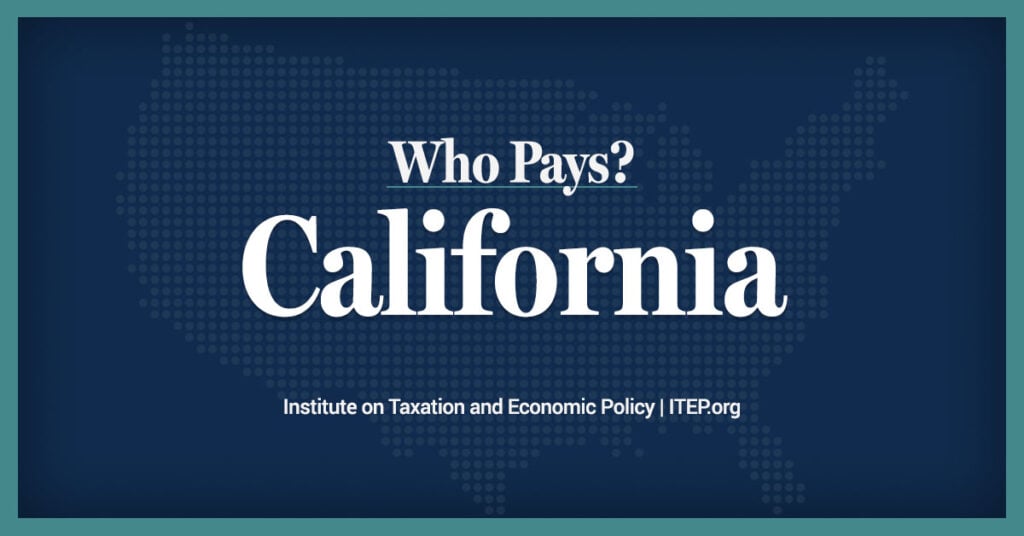By Gary Richards [email protected]
Posted: 03/14/2013 12:01:00 AM PDT
Q Gary, here’s your chance to be an unbelievable hero. I’m a senior and remember back in the ’50s when California had the best roads in the U.S. But back then, all gas taxes had to be used for road repair or construction.
Then, along came some politicians with the bright idea to try and force people out of their vehicles and into some other form of transportation. So they put a ballot measure up for a vote to allow officials to use the gas tax for other forms of transportation. Guess what happened?
We got some forms of transit, and roads that deteriorated to what we now live with. And, of course, the unbelievable congestion. What we need is to have an initiative put on the ballot to go back to those “good old days.” Require all gas tax to be used for roads and only roads. Unfortunately, I don’t have a clue as to how to start the ball rolling. But you, Gary, have the pulpit. Help us please.
John Schmitz
Morgan Hill
A You know your history. In 1970, voters approved Article 19 of the California Constitution, a hard-fought political compromise between highway and transit interests. Article 19 allows for a small portion of state gas tax revenues to be used for fixed guideway public transit capital improvements, which includes rail but not rail cars, buses or other vehicle purchases. It also means that state gas tax revenues cannot be used for transit operations.
Officials estimate that highways and streets get 90 percent of federal and state gas tax funds in California. Most counties have passed local sales taxes to pay for expanding bus and train service. Santa Clara County has approved three such measures, for example.
I hate potholes as much as you, but it won’t do any good for me to rant about using a small chunk of the gas tax for trains and buses. We need all forms of transportation. Sorry to let you down, but can you imagine the Bay Area without BART? I can’t.
Q How much of the cost of our transportation system is financed by the gas tax? I heard it is far less than most drivers might think.
Ben Hart
A You heard right. The gas tax covers only about one-third of the cost of building and maintaining our roads, plus expanding mass transit. Here’s why: In a 2011 report, the Institute on Taxation and Economic Policy said the gas tax had lost 41 percent of its value since it was last raised in 1993. It has lost about a third of its value to inflation. The recession resulted in less driving. And better fuel efficiency in the U.S. has also reduced tax proceeds. The U.S. is the only country in the 34-member Organization for Economic Cooperation and Development in which user charges don’t completely cover government transportation expenditure.
Q When did Washington last raise the gas tax? And is there any thought to raise it higher?
Bruce Smith
Fremont
A Today’s history lesson: A 1-cent federal gasoline tax was created in 1932, during the Depression. In 1983, President Ronald Reagan raised the tax to 9 cents from 4 cents, calling it a user fee to finance transportation upgrades. The tax rose to 14.1 cents in 1990 under President George W. Bush and to 18.4 cents in 1993 under President Bill Clinton as deficit reduction moves. There is currently no movement afoot in Washington to raise the gas tax, despite all the talk about trimming the national debt.
Q Another gas tax? No. Freakin’. Way. No matter what the proponents say about it being dedicated to roads, every time we’ve done this the fund has been raided by our leaders in Sacramento to balance the budget. I’d say OK if we could guarantee it would actually go to the roads. But we can’t, and it probably won’t.
Cobalt Newly
A That’s not entirely true. Gas tax funds have always gone to transportation, but the sales tax on gas purchases originally went into the general fund when approved in 1971. More than a decade ago voters approved using sales tax income for transportation with this caveat. In times of fiscal emergency, those dollars could go back for general fund needs — which is what happened a few years ago. Then came another vote ending this loophole.
Q I’ve noticed in some states you can get 85 octane gasoline, but not in California. What do you know about this?
Jeff M.
A You see the lower octane at higher elevations, like in Denver. With less oxygen at higher elevations, cars need less octane. A car that runs fine at sea level with 87 octane will run fine with 85 octane at 5,000 feet.




